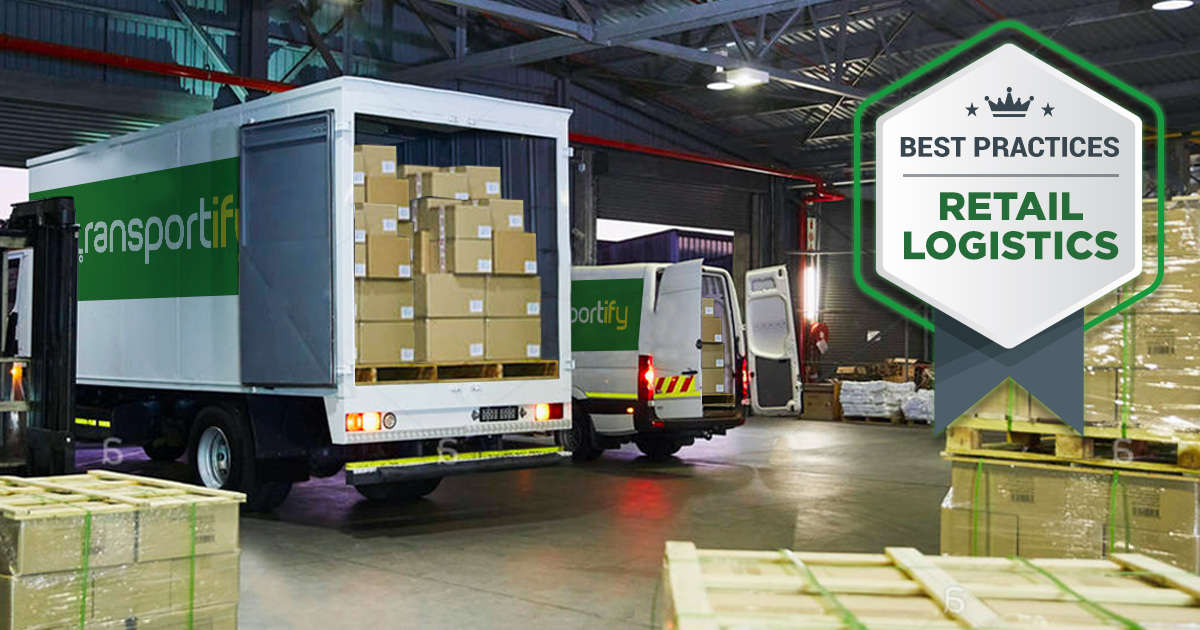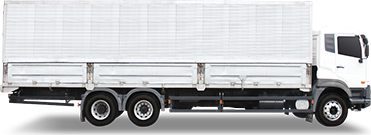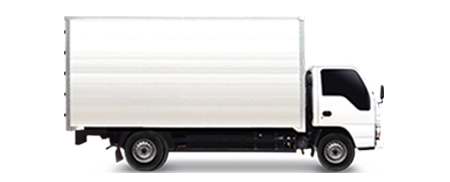
With retail logistics, the best practices are changing every year. There is no telling what retail logistics will be like in 2023; however, there are some things that we can do now to prepare for it. With the holiday season fast approaching, retailers are looking for ways to increase their sales and profits. One of the most crucial factors in doing this is logistics. This article aims to discuss a handful of best practices for retail logistics in 2023 that you should already be doing or preparing to do as retail demand expands in the coming years.
Finding the right partners to help you improve your retail logistics in 2023 can be difficult if you are not fully aware of what you need to work on. By making yourself aware of these practices, you will identify which ones apply to you and not. Transportify, through this article, wants to help you assess your current retail logistics practices and become better at them.
- What is Retail Logistics?
- Best Practices for Streamlining Retail Logistics
- Leverage Technology and Automation
- Partner With a Reputable Logistics Provider
- Forecast Demand Volatility
- Inventory Management
- Efficient Tracking of Deliveries From Start To Finish
- Go Green
- Customer Satisfaction is Key
- How Can Transportify Help?
- Frequently Asked Questions
What is Retail Logistics?
Retail logistics is an integrated system of management, based on the flow of goods and services in the supply chain. It encompasses all processes that occur over the life cycle of a product or service from delivery to return, repair, or disposal. More retailers are likely to partner with third-party logistics providers rather than building and managing their fleet, which often results in higher costs. Retailers who do not choose to do so may find themselves at a significant cost and efficiency disadvantage, making it more difficult for them to provide quick and convenient delivery service options and maintain dominant market positions.
Best Practices for Streamlining Retail Logistics
Leverage Technology and Automation
One of the best practices for retail logistics in 2023 is to embrace automation. With ecommerce growing, retail managers must ensure that they are prepared for the volume of orders and shipments that may come their way on a daily or weekly basis. Customers are demanding not just low prices, but also quick delivery.
The amount of human labor involved in retail logistics is being minimized by leveraging technology that includes mobile applications for managing supply chain data and deliveries, sensor-based systems for receiving product information, and real-time GPS locating devices to keep track of inventory at all times.
Whether through integrating software with your logistics system like delivery service API or purchasing new technologies, retailers should do what they can to lower costs by finding ways to be more efficient. Even the smallest change in this area could have an impact on your bottom line. Thus, finding creative ways to save money wherever you can is an important mindset for the business.
Partner With a Reputable Logistics Provider
Professional logistics providers can help online retailers in many ways. They can advise on the best strategies for dealing with customer complaints and returns, which are one of the most expensive aspects of shipping products. Logistics providers may offer companies innovative trucking and warehousing solutions that allow for more efficient use of space and time while increasing productivity. These changes can include innovative delivery solutions and customized processes based on your current system flow.
In addition, the third party logistics providers share the load of last-mile deliveries, allowing companies to focus on their core competencies and have a better overall business strategy. They can provide a comprehensive range of retail logistics services such as transportation management, warehouse storage and fulfillment, cross-docking, distribution management, order management software applications, and many other value-added services. By partnering with a reputable logistics provider, a company can free up critical resources and improve its bottom line by lowering costs across the entire supply chain.
Transportify is one of the Philippines’ leading technology-driven logistics companies, leveraging the power of mobile and web applications to provide businesses with high-quality logistics solutions across Luzon and Cebu, as well as a diverse vehicle fleet ranging from sedans to ten wheeler trucks.
Vehicle Type Dimensions/
Weight LimitsBase Price
(Metro Manila)Base Price
(Outside Metro Manila) Base Price
(Visayas/Mindanao) Wing Van
Wing Van 32 to 40 x 7.8 x 7.8 ft
12000kg to 28000kg7000 PHP 6500 PHP 6500 PHP ![]() 6w Fwd Truck
6w Fwd Truck18 x 6 x 7 ft
7000kg4850 PHP 4850 PHP 4850 PHP  Closed Van
Closed Van10 to 14 x 6 x 6 ft
2000kg to 4000kg1600 PHP 1450 PHP 1450 PHP  Open Truck
Open Truck10 to 21 x 6 ft x open
2000kg and 7000kg2300 PHP 1950 PHP 1950 PHP  L300/Van
L300/Van8 x 4.5 x 4.5 ft
1000kg415 PHP 330 PHP 310 PHP  Small Pickup
Small Pickup5 x 5 ft x open
1000kg310 PHP 250 PHP 220 PHP ![]() Light Van
Light Van5.5 x 3.8 x 3.8 ft
600kg250 PHP 192 PHP 225 PHP ![]() MPV/SUV
MPV/SUV5 x 3.2 x 2.8 ft
200kg160 PHP 130 PHP 140 PHP ![]() Sedan
Sedan3.5 x 2 x 2.5 ft
200kg140 PHP 110 PHP 120 PHP
Forecast Demand Volatility
Retailers must also plan for demand volatility by being prepared when things get busy unexpectedly during holiday seasons or special events like payday sales. Being able to meet demand during busy seasons allows retail logistics managers to increase their revenue and customer satisfaction.
Make data analytics a part of your retail logistics strategy, so you know where sales are being made and how sales will be affected by changes. You can optimize your delivery routes by taking into consideration factors such as type of customer, time spent at the location or website, the proximity of other items purchased, and weather conditions.
Inventory Management
Inventory control is another factor retailers must keep under control when looking at retail logistics strategies. The critical part of inventory management is streamlining processes between vendors, suppliers, and even retail distribution centers. Retailers need to make sure they are not overstocking their products or understocking them either.
If retailers do not have enough inventory of certain items, customers cannot buy those items, and sales go down for that retail location. It can be challenging because you want your retail locations to have a variety of stock so that people will come back often. Retail logistics in 2023 and beyond need a sound information system, as it is the backbone of any retail business. Without proper inventory control, your retail location may run out of products or have too many on-hand items, resulting in waste and extra costs.
Efficient Tracking of Deliveries From Start To Finish
While tracking shipments from start to finish is already a best practice for retail logistics, online retailers should also ensure that they are verifying delivery addresses to avoid confusion and the risk of lost packages. In addition to this, retail companies must coordinate inbound shipments from their suppliers with outbound deliveries because there could be more incoming goods than outgoing ones at one point.
Go Green
Another best practice for retail logistics in 2023 is for management teams to embrace green practices so that their operations can be environmentally sustainable in 2023 and beyond. This includes using clean energy sources like solar power at facilities, which increases the bottom line by lowering utility costs and reducing emissions that lower air quality for everyone. Retail logistics in 2023 companies should also work with suppliers that are committed to environmental sustainability because many retail package delivery services commit themselves to being more eco-friendly every year.
Customer Satisfaction is Key
Efficient retail logistics means your company can provide the best possible service for customers, whether it’s by shipping goods out quickly or keeping products in stock and ready for purchase at all times. Retailers who continuously improve their processes are more likely to experience increased revenues and brand loyalty. Customers are increasingly looking for retailers who offer quick response time to meet their needs; retail logistics is key to retail success.
- Online Delivery Service Philippines
- Growth of Freight Companies: eCommerce Logistics [2023]
- Logistics in the Philippines: Freight Trucking Companies
How Can Transportify Help?
As shared in the first part of the article, retail logistics involves inbound, outbound, and reverse movement of goods. It would be great for a retailer to get logistics support from a provider that can offer on demand delivery and trucking services to a wider service area compared to others, especially if you have operations in the different islands of the Philippines. Aside from mainland Luzon and Cebu, Transportify can provide interisland trucking services to key cities in Visayas and Mindanao.
 | or |
What could be the most important trend for logistics in 2023 that retailers must adapt now?
💡 All of the points given above about logistics in 2023 are important, but above all, retailers must look into leveraging automation for their operations. It is not just a tool to hasten certain processes, but also to increase productivity. Some retailers who already started using technology saw the effect even on their spending. By leveraging technology, the effect could be wholistic for your retail logistics.
How can Transportify improve my retail logistics?
💡 Transportify is a technology based logistics company. It uses the power of technology to create innovation for customers’ greater convenience. They have an API logistics system that allows companies to connect their system with Transportify to automate the creation of bookings. To partner with a company with a strong command of technology can present you with a lot of advantages that can be beneficial in the long run.




 INSTANT QUOTE
INSTANT QUOTE

 Chat
Chat